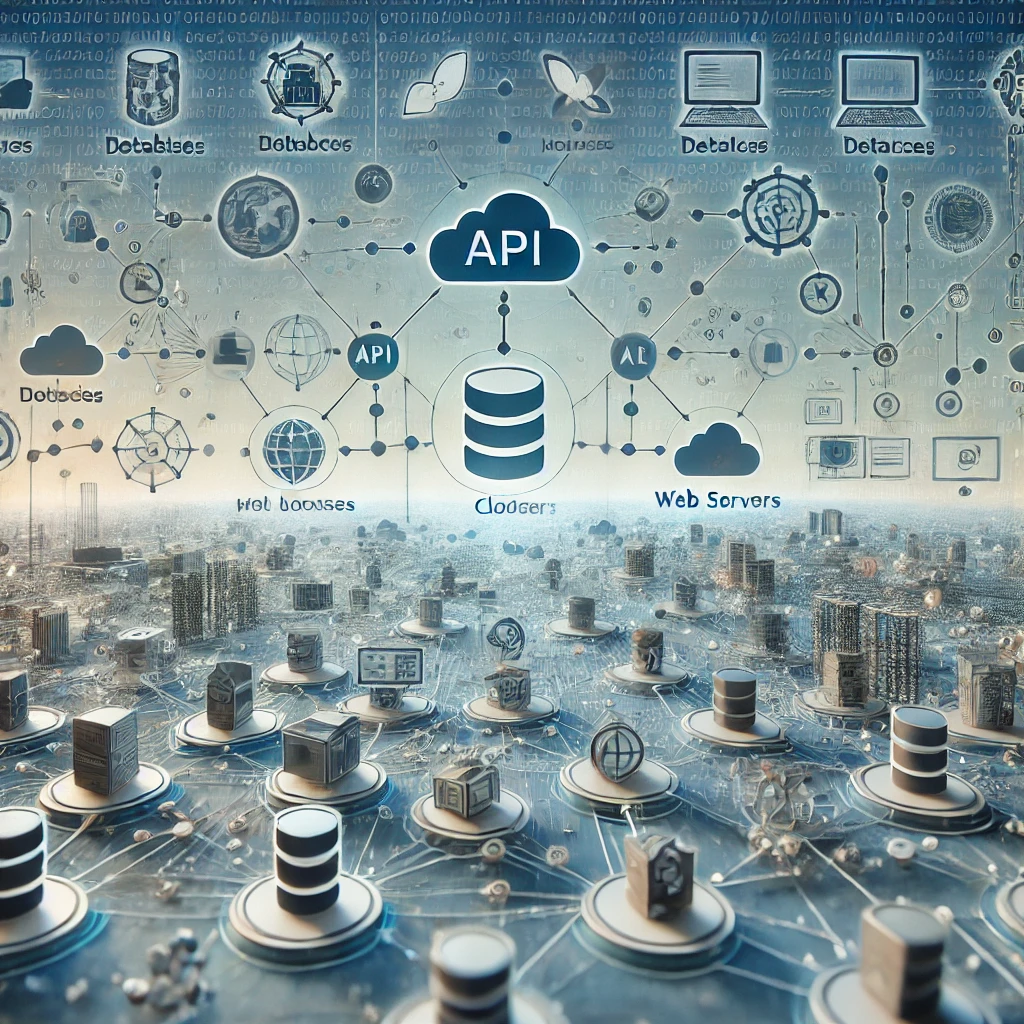The OpenAI API offers developers powerful tools to integrate AI models into their applications, covering a range of use cases from natural language understanding to image generation. The API is highly versatile, providing access to several specialized sub-APIs that target specific AI-driven functionalities. In this article, we’ll explore these sub-APIs in detail, provide examples, and explain how they can be effectively used.
Table of Contents
- Introduction to OpenAI API
- Sub-APIs Overview
- GPT-3.5 and GPT-4 API (Text Completion)
- Embeddings API
- Image Generation API
- Fine-tuning API
- Use Cases with Examples
- Conclusion
1. Introduction to OpenAI API
The OpenAI API is a cloud-based service that provides access to OpenAI’s powerful AI models. The API allows developers to harness state-of-the-art AI capabilities with minimal setup, making it easy to implement text generation, image creation, and more.
By using this API, developers can access several sub-APIs designed to address different tasks, including natural language processing, text completion, image generation, fine-tuning, and more. These specialized sub-APIs streamline development and make complex AI functionalities more accessible.
2. Sub-APIs Overview
GPT-3.5 and GPT-4 API (Text Completion)
The GPT-3.5 and GPT-4 models are primarily used for text completion and generation tasks. These APIs take a prompt and return a continuation or completion of the text, making them ideal for tasks such as chatbots, content generation, and programming assistance.
Example Use Case:
import openai
response = openai.Completion.create(
engine="gpt-4",
prompt="What are the advantages of AI in agriculture?",
max_tokens=100
)
print(response.choices[0].text.strip())Explanation:
In the example, a prompt is fed to the GPT-4 model, which returns a coherent paragraph discussing the advantages of AI in agriculture. Developers can control the length of the response by adjusting the max_tokens parameter.
Embeddings API
The Embeddings API generates vector representations of text, which can be used for tasks such as semantic search, text similarity, and recommendations. This API transforms words, sentences, or documents into numerical vectors, which can be compared mathematically.
Example Use Case:
response = openai.Embedding.create(
input="AI in agriculture is transforming the way farmers grow crops.",
engine="text-embedding-ada-002"
)
print(response['data'][0]['embedding'])Explanation:
In this example, the sentence “AI in agriculture is transforming the way farmers grow crops” is converted into a vector, which can be used for further analysis, such as clustering similar sentences or performing text-based searches.
Image Generation API (DALL·E)
The DALL·E API is OpenAI’s tool for generating images from textual descriptions. This sub-API allows developers to create visuals based on simple prompts, making it ideal for creative projects, marketing, and visual content generation.
Example Use Case:
import openai
response = openai.Image.create(
prompt="A futuristic farm with robotic machines tending to crops under a glowing sunset",
n=1,
size="1024x1024"
)
print(response['data'][0]['url'])Explanation:
Here, the text prompt is transformed into a unique image, which could be used in a presentation about the future of farming. The n parameter specifies the number of images generated, and the size parameter defines the image dimensions.
Fine-Tuning API
The Fine-Tuning API allows developers to customize GPT models to suit specific tasks or domains. By training on specialized datasets, the model can adapt to unique requirements, improving its performance in targeted areas such as legal texts, medical information, or customer service.
Example Use Case:
response = openai.FineTune.create(
training_file="file-abc123xyz",
model="gpt-4"
)
print(response)Explanation:
In this example, a custom dataset (training_file) is used to fine-tune a GPT-4 model. This is particularly useful when the standard model does not provide accurate responses for specialized industries.
3. Use Cases with Examples
Chatbots in Customer Service
By leveraging the GPT-4 API, developers can build sophisticated chatbots that handle customer queries, generate responses, and even troubleshoot common issues. The conversational tone can be adjusted depending on the context of the interaction.
response = openai.Completion.create(
engine="gpt-4",
prompt="Customer: How can I track my order?\nAssistant:",
max_tokens=50
)
print(response.choices[0].text.strip())Semantic Search in Documentation
Using the Embeddings API, developers can create search functions that return semantically similar results, improving user experience when searching large documentation or knowledge bases.
# Transform user query into embedding
query_embedding = openai.Embedding.create(input="AI in healthcare advancements", engine="text-embedding-ada-002")
# Compare against pre-stored document embeddings to find most relevant contentVisual Content for Marketing
With the DALL·E API, marketing teams can create images that fit specific brand campaigns or themes without needing a graphic designer. A simple textual description can generate creative and professional-grade images.
response = openai.Image.create(
prompt="A modern skyscraper with trees growing on every floor",
size="1024x1024"
)
print(response['data'][0]['url'])Specialized Text Generation with Fine-Tuning
Fine-tuning allows businesses in fields such as legal, medical, or research to develop GPT models that are more accurate for niche content creation.
response = openai.FineTune.create(
training_file="file-medicaldata",
model="gpt-4"
)4. Conclusion
The OpenAI API and its various sub-APIs offer immense potential for developers looking to implement AI in their projects. From natural language processing with GPT-4 to image creation with DALL·E, these tools open up creative and functional possibilities in many industries, including healthcare, customer service, marketing, and R&D.
Whether you’re building chatbots, semantic search engines, or fine-tuned AI models for specialized tasks, the OpenAI API ecosystem provides the resources to streamline and elevate your development processes.
I, Evert-Jan Wagenaar, resident of the Philippines, have a warm heart for the country. The same applies to Artificial Intelligence (AI). I have extensive knowledge and the necessary skills to make the combination a great success. I offer myself as an external advisor to the government of the Philippines. Please contact me using the Contact form or email me directly at evert.wagenaar@gmail.com!
[SEO optimized]
